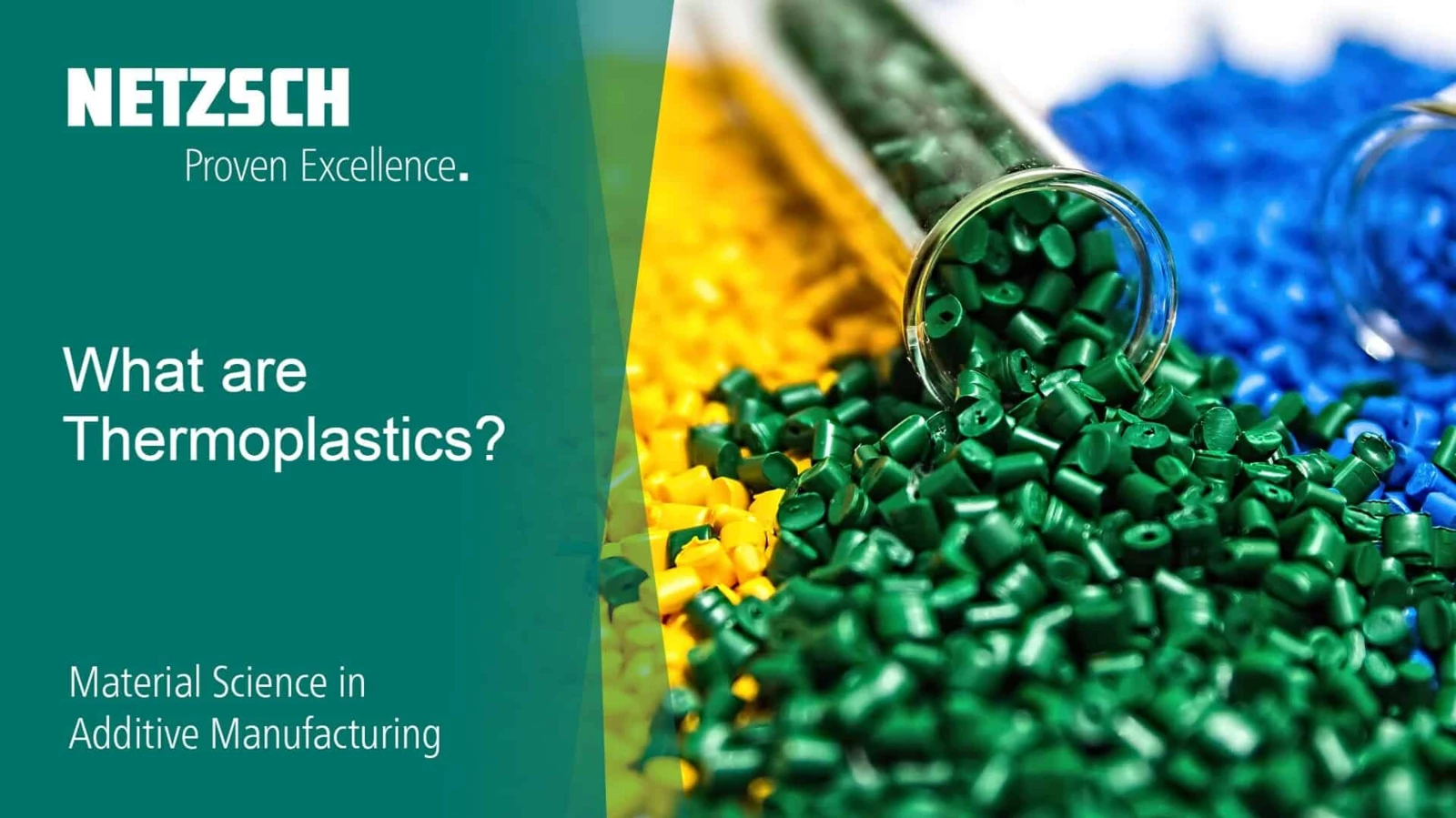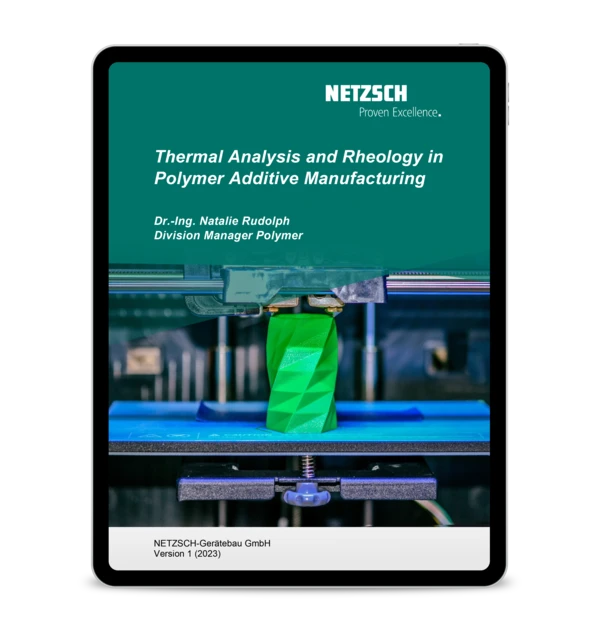
26.05.2021 by Milena Riedl, Dr. Natalie Rudolph
Materiałoznawstwo w produkcji addytywnej: Czym są tworzywa termoplastyczne?
Tworzywa termoplastyczne to materiały, które stają się giętkie po podgrzaniu do określonej temperatury i zestalają się po schłodzeniu. Dowiedz się więcej o ich strukturze molekularnej, amorficznych i półkrystalicznych tworzywach termoplastycznych!
Ogólnie rzecz biorąc, tworzywa termoplastyczne to materiały, które stają się giętkie po podgrzaniu do określonej temperatury i zestalają się po schłodzeniu. Typowe rodzaje tworzyw termoplastycznych obejmują ABS, nylon (PA), PLA, poliwęglan (PC), polietylen i inne specjalistyczne, wysokowydajne materiały.
Po wyjaśnieniu różnicy między tworzywami termoplastycznymi i termoutwardzalnymi w ostatnim filmie, skupimy się na materiałoznawstwie tworzyw termoplastycznych. Aby z powodzeniem wykorzystać tę grupę materiałów w przemysłowej produkcji addytywnej, konieczne jest pełne zrozumienie interakcji między materiałem a procesem.
Temat tego tygodnia: Materiałoznawstwo tworzyw termoplastycznych
- Dogłębna analiza struktury molekularnej i właściwości tworzyw termoplastycznych
- Czym są amorficzne i półkrystaliczne tworzywa termoplastyczne?
- Zachowanie materiału w różnych temperaturach
- Jakie są właściwości płynięcia, zmiany wymiarów, właściwości termiczne i mechaniczne?

DARMOWY e-book
Analiza termiczna i reologia w produkcji dodatków polimerowych
Odkryj sekrety kryjące się za przełomowymi możliwościami AM! Nasz nowo wydany ebook zagłębia się w sedno AM, ujawniając moc niezawodnych technik charakteryzacji materiałów, w szczególności analizy termicznej i reologii.
Więcej treści dotyczących wytwarzania przyrostowego według NETZSCH
Powder Bed Fusion (PBF), często nazywana Selective Laser Sintering (SLS), jest jedną z najczęściej stosowanych technologii wytwarzania przyrostowego do produkcji strukturalnych części z tworzyw sztucznych. W tym artykule wyjaśniamy zasadę procesu i materiały stosowane w procesie SLS. Przeczytaj artykuł tutaj!